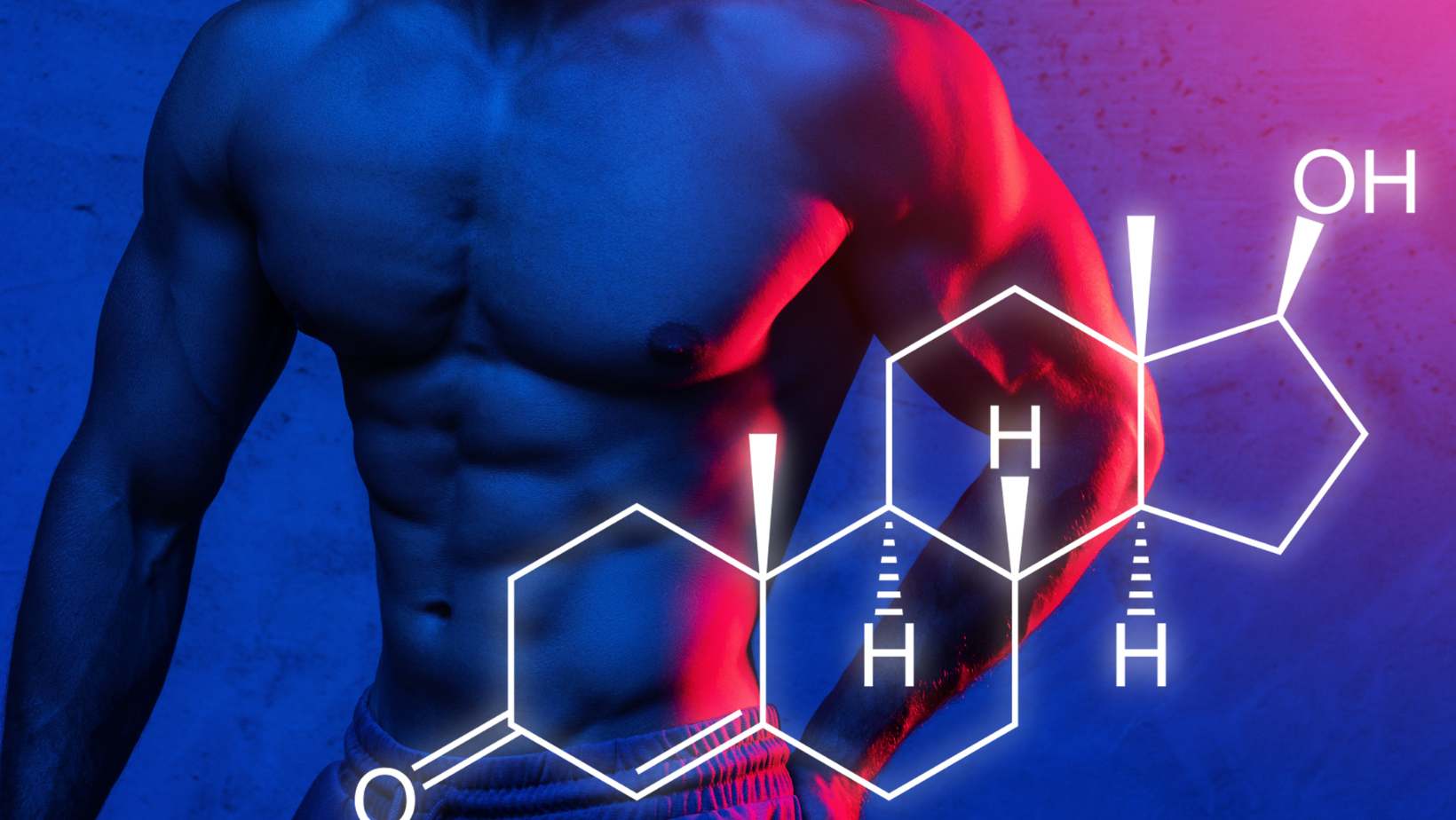It’s a hot topic among men of a certain age: low testosterone, or “Low T.” Commercials, websites, and even your buddies may be telling you that this condition is the culprit behind everything from your expanding waistline to your lackluster libido. But what’s the real story? I sat down with urologist Dr. Richard Casey to get the facts about this often misunderstood issue.
The Silent Majority: Low T Without Symptoms
“Most people who have low testosterone have absolutely no symptoms at all,” Dr. Casey reveals. That’s right – while it’s true that our testosterone levels naturally decline as we age, only a small percentage of men have levels low enough to cause noticeable problems.
When Low T Does Strike: Common Complaints
For the unlucky few who do experience symptoms, the signs can be frustratingly vague. “Fatigue, difficulty concentrating, muscle weakness, weight gain, reduced libido – these are all potential indicators of low testosterone,” explains Dr. Casey. “But they’re also common complaints of aging in general, which can make diagnosis tricky.”
Diagnosing Low T: It’s All in the Timing
So how do doctors determine if your symptoms are actually due to low testosterone? It starts with a blood test – but not just any blood test. “Testosterone levels fluctuate throughout the day, peaking in the morning,” notes Dr. Casey. “So we always measure levels before 10am, and we like to see two separate low readings to confirm the diagnosis.”
Interestingly, while you may have heard of “free” versus “bound” testosterone, Dr. Casey says that for most men, the total testosterone level is the most reliable indicator of a problem.
Rethinking “Andropause”: A Medicalized Midlife Crisis?
You may have heard low testosterone referred to as “andropause,” a male equivalent of menopause. But Dr. Casey says this term has fallen out of favor among experts. “Andropause was kind of an attempt to medicalize the normal aging process,” he explains. “While it’s true that some men’s testosterone drops faster than others, it hasn’t proven to be a particularly useful label.”
The Lifestyle Rx: Simple Changes, Big Impact
So let’s say you do have confirmed low testosterone – what’s next? Before reaching for a prescription, Dr. Casey recommends taking a hard look at your habits. “For the overweight guy who’s drinking heavily, not exercising, maybe taking too many pain meds – lifestyle changes can make a huge difference in symptoms, even if they don’t necessarily raise testosterone levels,” he says.
His top tips? Losing weight, cutting back on alcohol, quitting smoking, and starting a regular exercise routine. Simple, but not easy – which is why many men may be tempted to skip straight to medication.
Testosterone Therapy: The Risks and Rewards
For men who’ve optimized their lifestyle but still have bothersome symptoms and confirmed low T, testosterone therapy may be an option. Because testosterone is a large molecule that gets broken down in the stomach, it needs to be delivered via injection, patch, or gel.
“When it works well, testosterone therapy can improve energy, sex drive, and muscle mass,” says Dr. Casey. “But it’s not without risks.” The biggest concern is a spike in red blood cell production, which can thicken the blood and potentially lead to heart attacks or strokes. That’s why close monitoring of hemoglobin and prostate health is essential for any man on testosterone treatment.
The Bottom Line: Talk to Your Doc
If you’re a man over 50 and feeling run down, low testosterone could be a factor – but it’s far from the only possibility. Before self-diagnosing or requesting a prescription, have an honest conversation with your doctor about your symptoms, lifestyle, and overall health. Together, you can decide if testing and treatment are right for you.
And remember, while a testosterone patch may seem like an appealing quick fix, there’s no replacement for the tried-and-true foundations of wellness: a balanced diet, regular exercise, stress management, and kicking harmful habits like smoking or excessive drinking. Testosterone or no testosterone, those are the keys to feeling your best as you age.
Frequently Asked Questions
Q: Can low testosterone be cured?
A: While testosterone replacement therapy can improve symptoms for some men, it’s not a cure per se. The underlying causes of low T, such as aging or chronic health conditions, can’t necessarily be reversed. The goal of treatment is to manage symptoms and optimize quality of life.
Q: Are there natural ways to boost testosterone?
A: Some lifestyle factors, like maintaining a healthy weight, exercising regularly, and getting enough sleep, may help support normal testosterone levels. But be wary of over-the-counter supplements claiming to be “natural testosterone boosters” – most aren’t backed by solid evidence and some may even be harmful.
Q: How long does testosterone therapy take to work?
A: While some men report feeling better within a few weeks of starting treatment, it can take several months to see the full effects on energy, sexual function, and body composition. That’s why it’s so important to pair testosterone therapy with sustainable lifestyle changes for optimal results.
